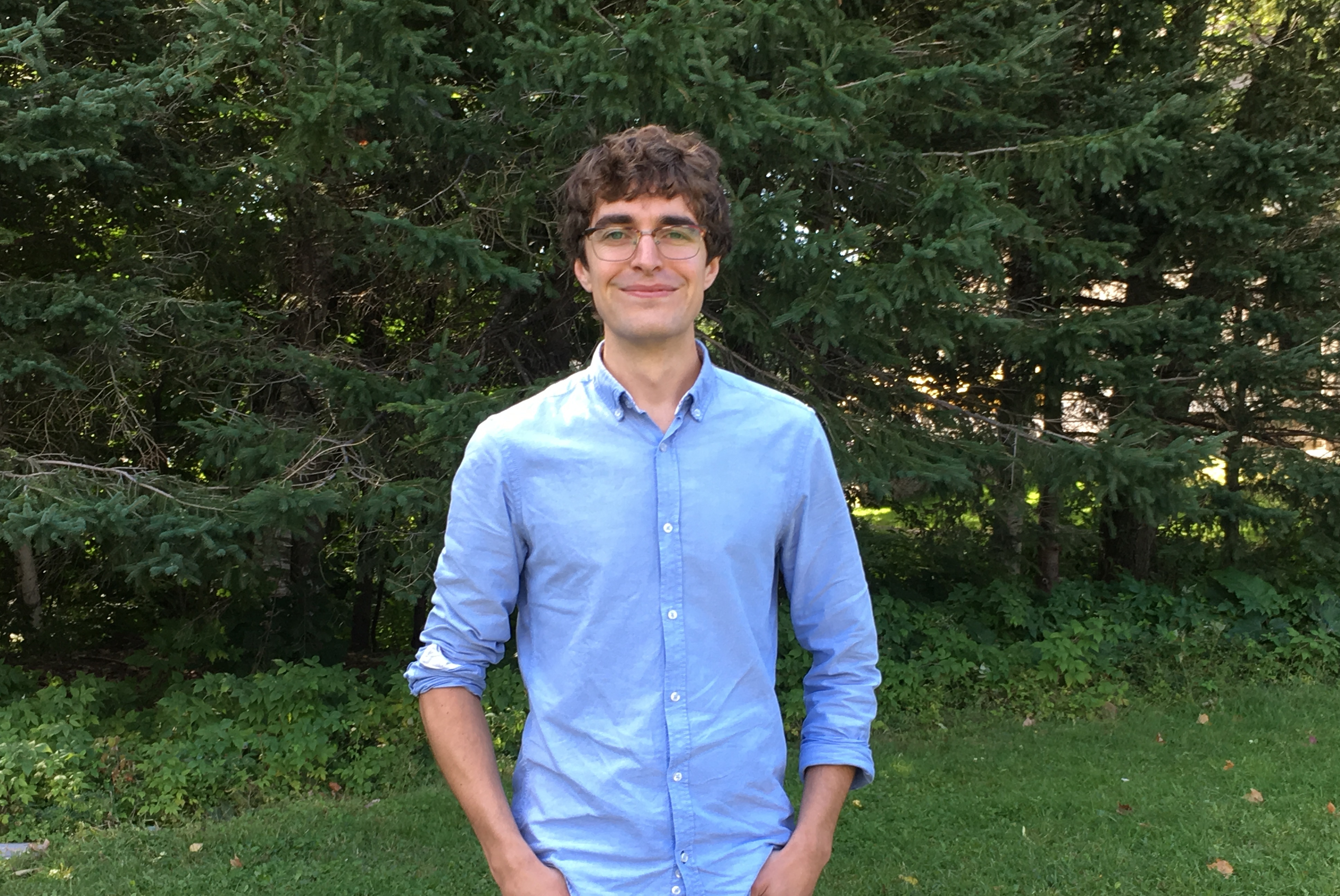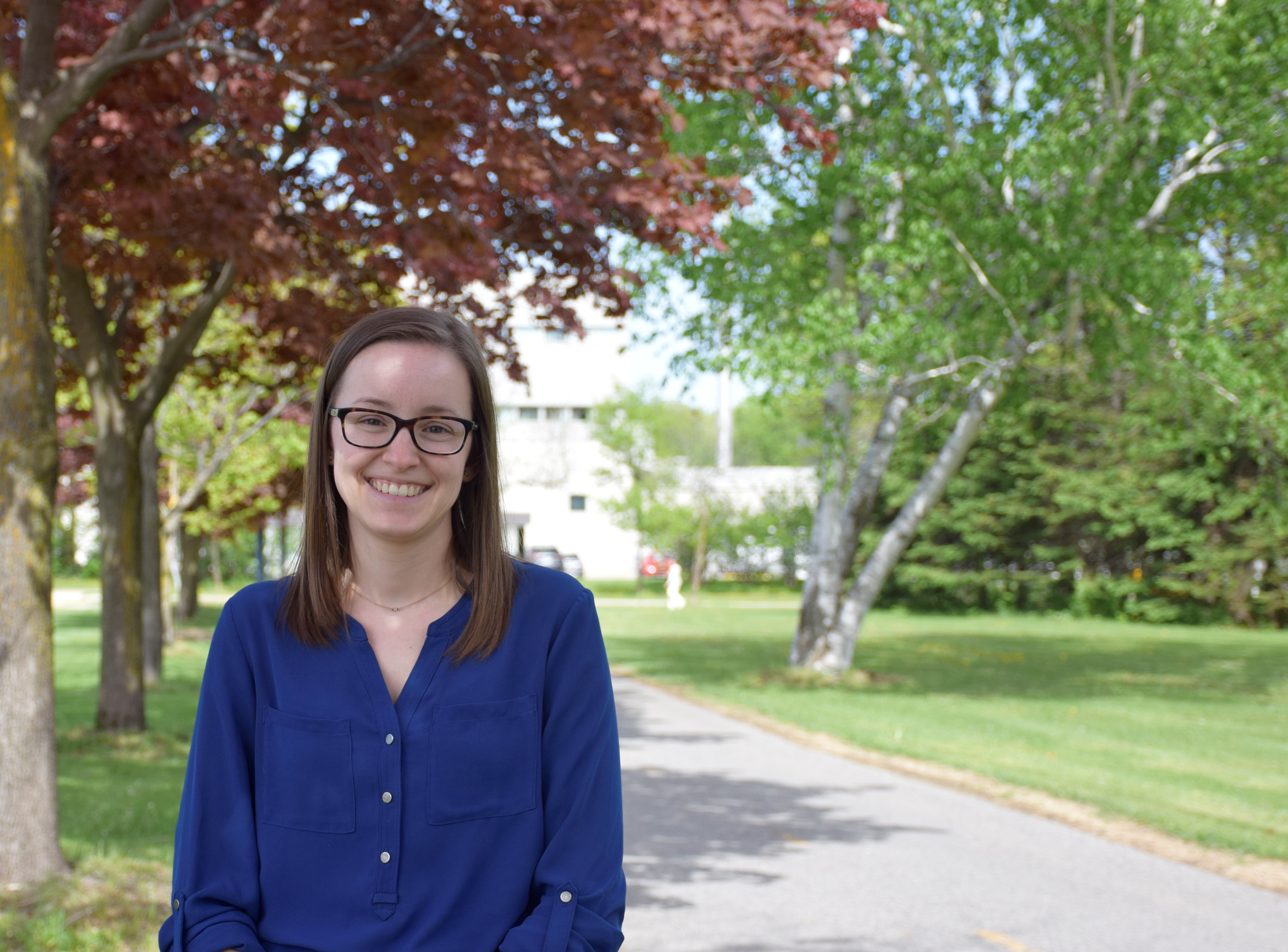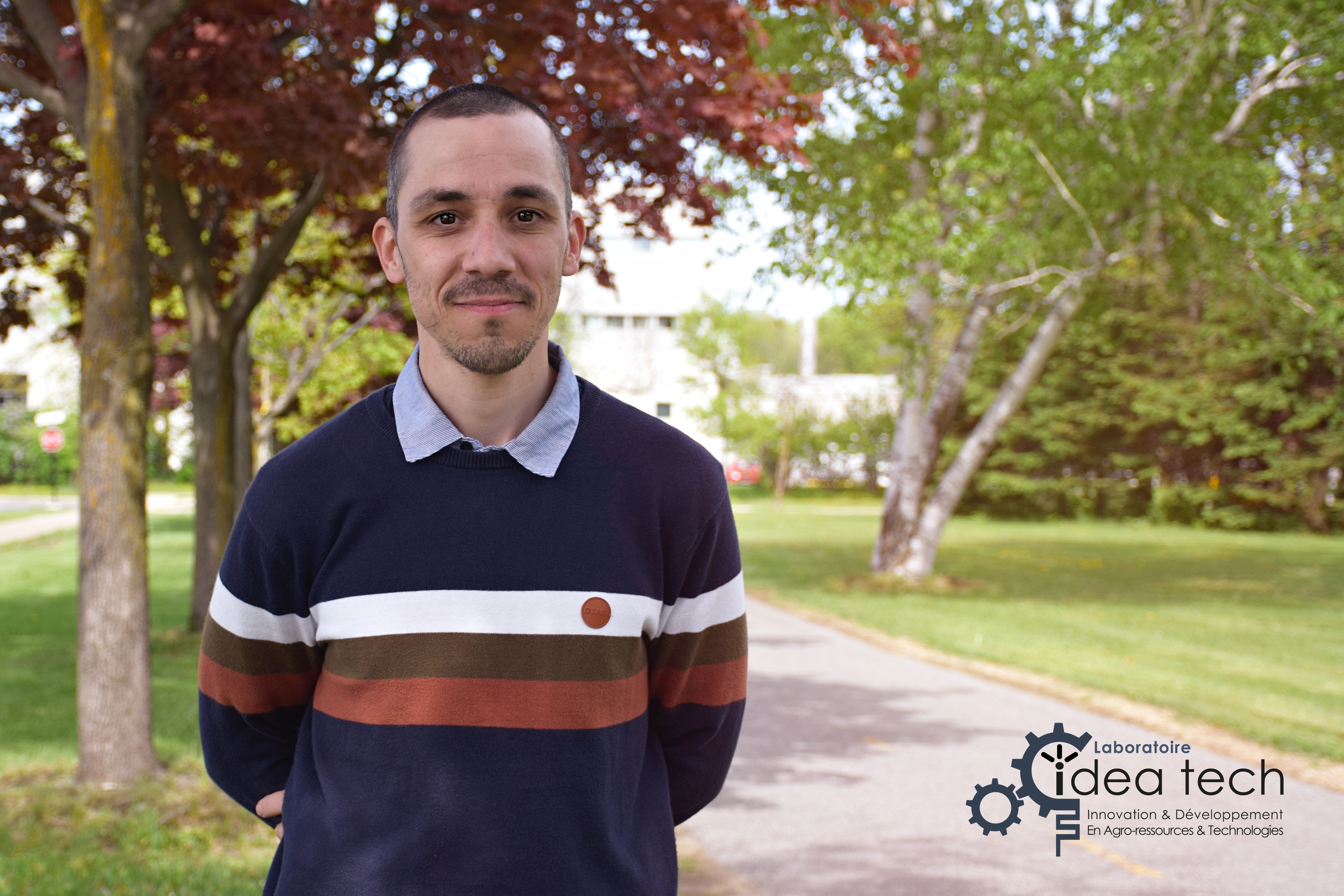Publications
- Année de publication : 2022-04-11
Référence
S. Alalam, J. Chamberland, A. Gravel, V. Perreault, M. Britten, Y. Pouliot, S. Labrie, A. Doyen. 2022. Valorization of Concentrated Dairy WhiteWastewater by
Reverse Osmosis in Model Cheese Production. Dairy, 3, 248-261.
Information Complémentaire
Lien vers l'article: https://www.mdpi.com/2624-862X/3/2/20
Mot(s) Clé(s)
Effluents laitiers Osmose inverse Fromage modèle Rhéologie Équilibre salin
Résumé
Treatment of dairy white wastewater (WW) by reverse osmosis (RO) is usually performed to generate process water and to reclaim dairy components for their valorization. For this study, a mixture of pasteurized milk andWWfrom a dairy plant was concentrated by RO to achieve a protein concentration similar to that of skimmed milk. Retentates, which are concentratedWW, were used in the preparation of cheese milk. The effect of using model concentrated WW was evaluated on (1) the soluble–colloidal equilibrium between protein and salt, (2) the milk-coagulation kinetics, and (3) the cheese composition and yield. An economic assessment was also carried out to support the decision-making process for implementing a new RO system in a dairy plant for the valorization of dairy WW. The results showed that substituting more than 50% of the amount of cheese milk with model pasteurized WW concentrates decreased the moisture-adjusted cheese yield and impaired the coagulation kinetics. Excessive cheese moisture was observed in cheeses that were made from 50% and 100% model WW concentrates, correlating with a change in the soluble–colloidal equilibrium of salts, especially in calcium. To achieve sustainable and economic benefits, the ratio of added WW concentrates to cheese milk must be less than 50%. However, for such an investment to be profitable to a dairy plant within 0.54 years, a large-size plant must generate 200 m3 of WW per day with at least 0.5% of total solids, as the economic analysis specific to our case suggests.





